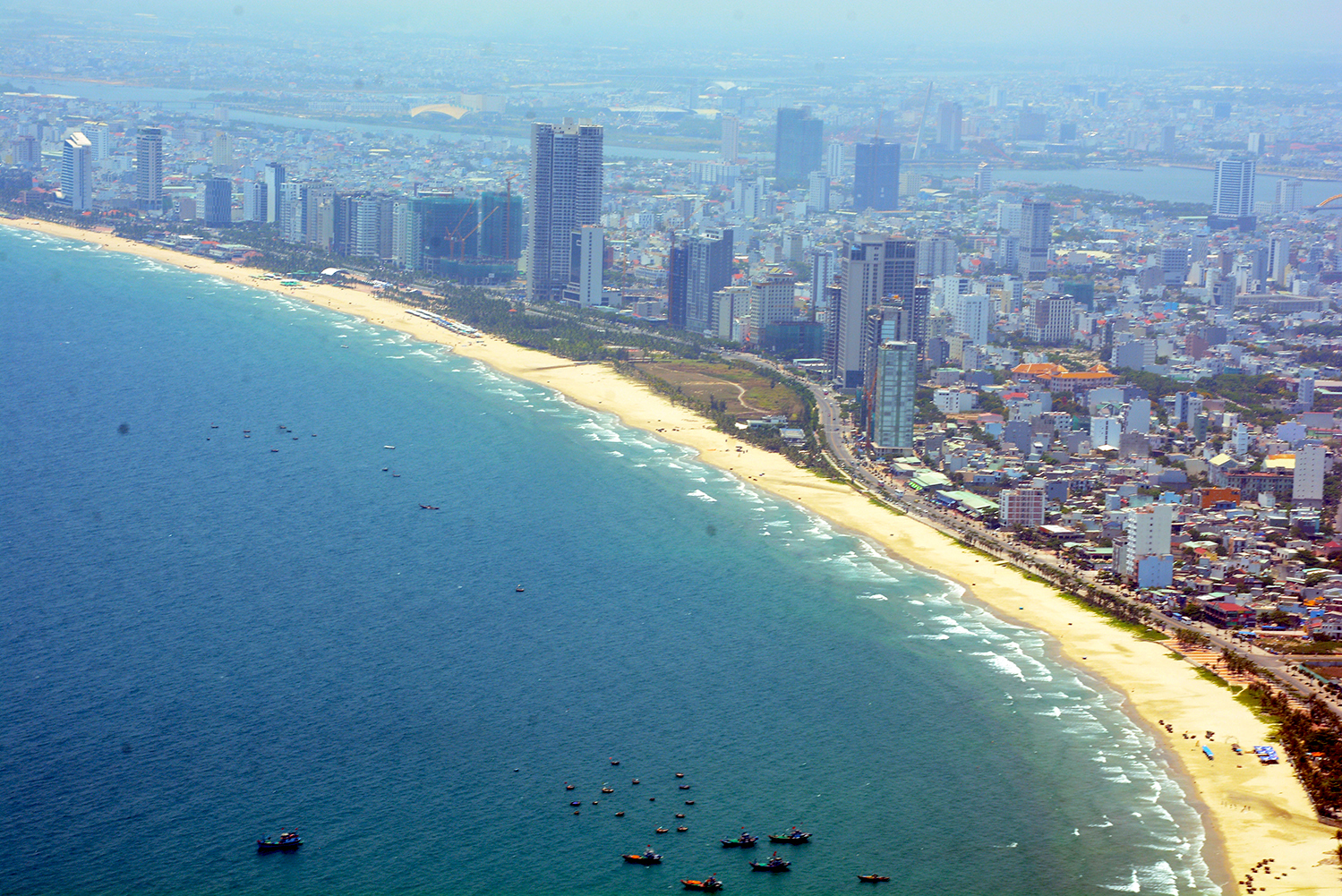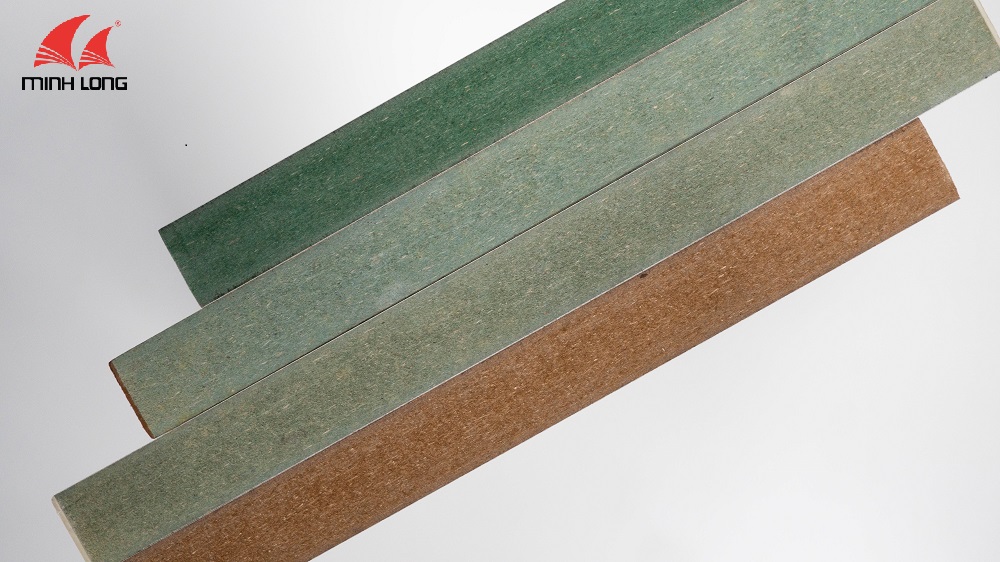Climate is one of the factors that is difficult to control and has a great influence on the durability of the interior. Especially in the coastal area, material selection is a matter of great importance and needs to be calculated based on natural conditions.

Coastal climate and note on choosing interior materials
In recent years, the market for interior materials in coastal areas has become vibrant and developed quite quickly. Hotels, resorts, trade… are built to serve people, increasing the demand for construction as well as furniture.
The tropical marine climate has a great impact on interior longevity as well as issues related to the use of materials. Large solar radiation promotes the evaporation of sea water, the air humidity ranges from 75-86%. The long stormy season causes problems for the construction such as peeling, mold, water seepage, etc. Most of the materials used in the tropics have a lower lifespan than the temperate regions. Therefore, the tropism of materials is a must.
As for the interior, houses near the sea are more suitable for wooden and plastic furniture than metal, fabric, leather, etc. Metal is easy to rust, fabric is susceptible to mold when encountering high air humidity. However, for wood, currently the market also has many different types of industrial wood and not all types can be applied to this area.
V313 board can replace plastic wood in the sea
In the past, plastic wood was the preferred solution for coastal constructions. The material is manufactured from two main components, plastic beads and wood pulp. But there is a fact that: despite being very resistant to moisture, plastic wood cannot withstand great impact. Besides, due to the brittle and smooth core, the screw grip of plastic wood is poor. When applied, this property easily leads to breakage, less elasticity and loose joints for interior products.

The current line of moisture-resistant plywood boards is quite diverse with different levels (LMR, MMR, HMR, V313). In particular, the V313 standard board is the most capable. This type of board is assessed to be as moisture resistant as plastic wood and can overcome the remaining disadvantages of plastic wood as mentioned above.
V313 board with moisture-proof content in glue 21-24%. Experiencing a cycle of 3 experiments lasting 21-28 days with strict conditions: 3 days of soaking in water at 20 degrees C, 1 day of freezing from -12 to -25 degrees C and 3 days of heating at 70 degrees C , board V313 has the following advantages:
- Challenging humid weather, large temperature – humidity difference
- Good bearing capacity, no sagging, no deformation
- Better screwing ability than moisture-proof boards
- Environmentally friendly and safe for health
With the above advantages, V313 standard moisture-proof board is really a solution that can meet the needs of coastal interior use.
Source: Go Minh Long
